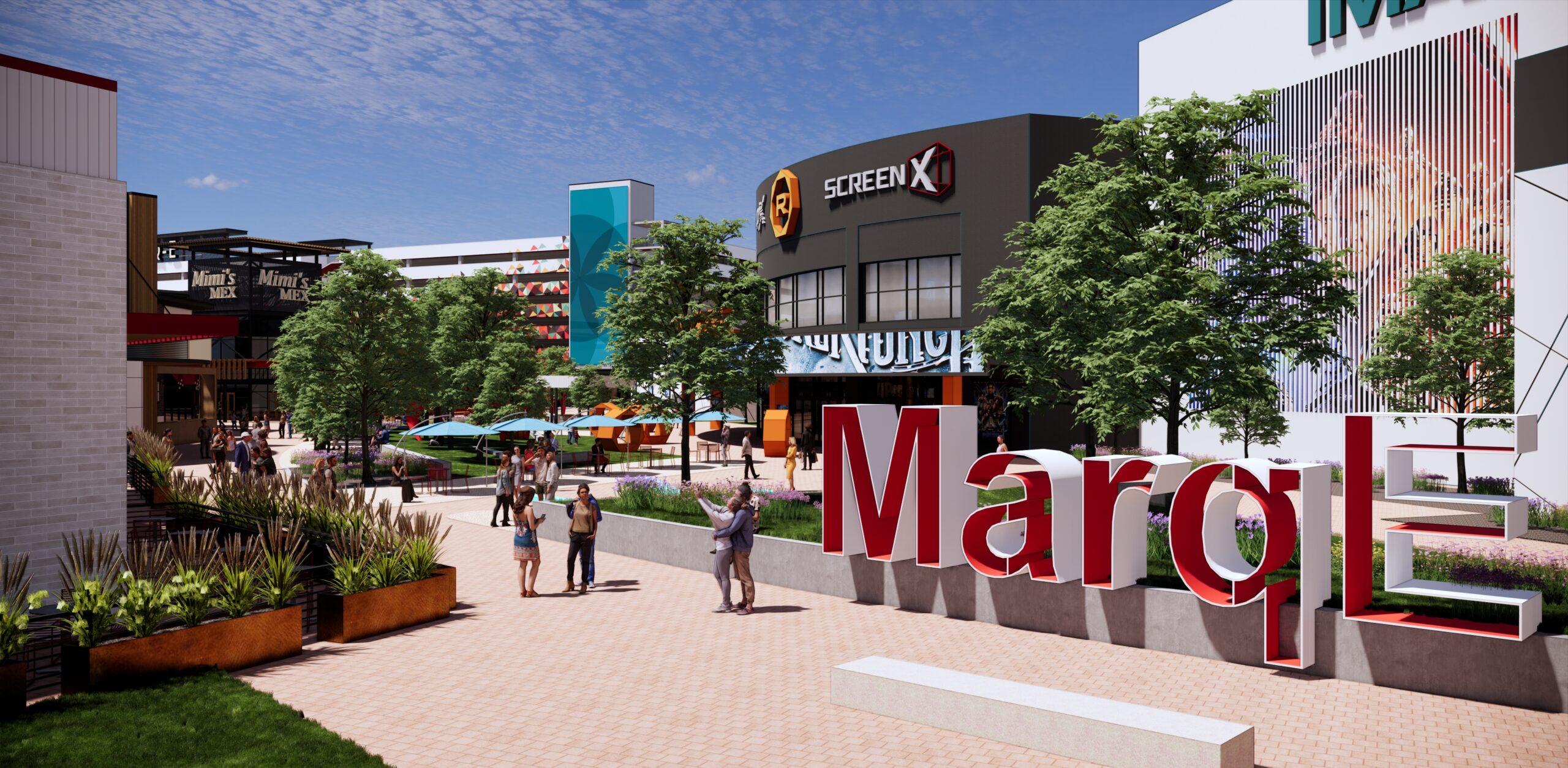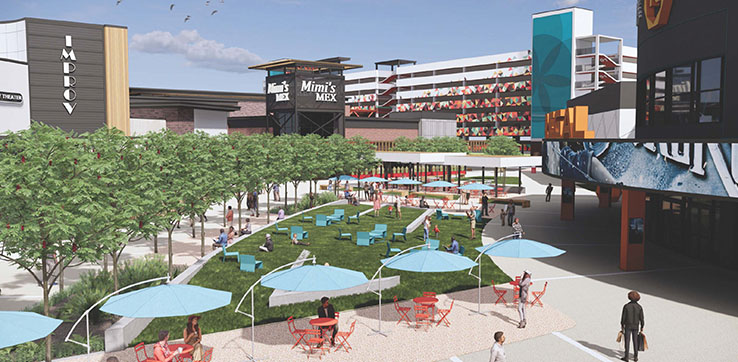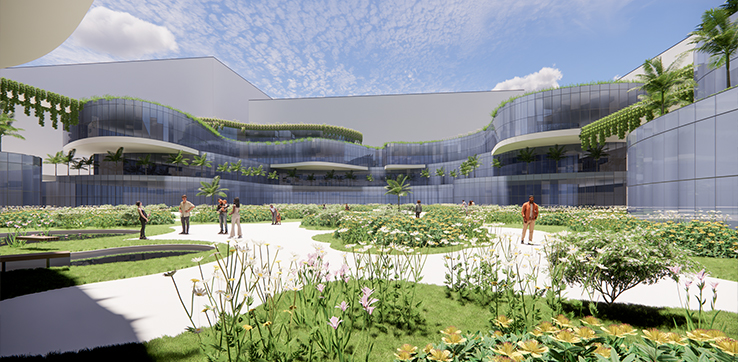In today’s retail news, there are two types of headlines. Ones that either focus on the takeover of online retail or the resurgent efforts of brick and mortar. The statistics of both are fascinating and we love the excitement it brings to the industry. My current favorite is the race to deliver your online purchase to your doorstep the fastest. Two-day shipping, one-day shipping, two-hour delivery, one-hour delivery and drones! Oh my!
The false prophesies of the “retail apocalypse” have widely been debunked. Those stories are as predictable as they are tired but still, they persist. While there was a dip in shopping center occupancy and lease rates at one point, these have recovered and are even thriving. The nimble retailers are adapting to new shopper preferences with store design, merchandising and the integration of new technology. All with the common goal to improve the customer experience and increase sales.
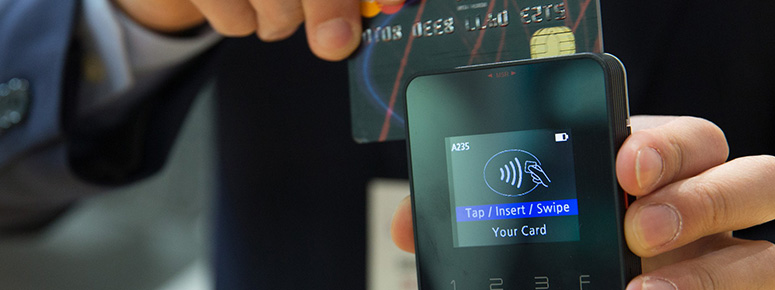 There are new expectations on consumer experience and one main industry focus is the movement to integrate digital and brick and mortar. This initiated several years ago and by now most are familiar with customer pickup solutions from drive thru’s, kiosks, lockers, BOPIS (buy online pay in-store) and the like. But these aren’t truly integrated solutions. They were initial reactions to shoe-horn a new trend in an old store prototype.
There are new expectations on consumer experience and one main industry focus is the movement to integrate digital and brick and mortar. This initiated several years ago and by now most are familiar with customer pickup solutions from drive thru’s, kiosks, lockers, BOPIS (buy online pay in-store) and the like. But these aren’t truly integrated solutions. They were initial reactions to shoe-horn a new trend in an old store prototype.
It’s time for a new model. As we think about the future of retail, our vision is a front showroom with premium merchandise and a back of house that operates more like a fulfillment center than a stockroom. That old, worn out FOH/BOH ratio is sure to be thrown out the window! Picture a showroom that highlights special buys, soft lines and the things that are difficult to experience through a screen when shopping online. The sales area has a special purpose just for merchandise for the customer to touch and feel, read the label and speak with a sales associate. When customer trends shift or seasonal items are changed out, agility is built in to refresh the sales floor at a reduced square footage. Being nimble equals faster speed to market.
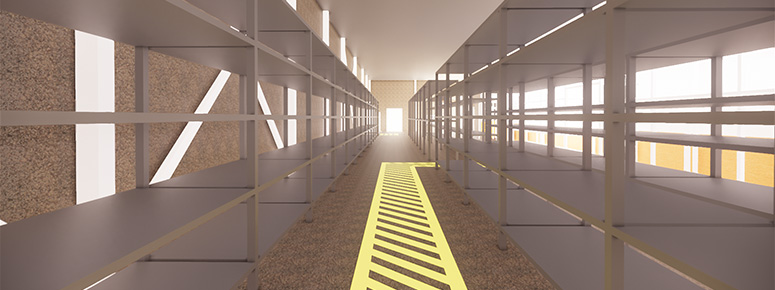 Then, the back of house is buzzing with integrated technology and automation for commodity items such as paper products, basic necessities, overstock and SKUs that are more efficient on a warehouse rack than a sales floor fixture. No longer just a stockroom, this area has more square footage than before and can integrate with both the customer in the store and the customer making a purchase 5 miles away from their couch. This hub of efficiency would be packed with robots roaming about, picking from racks and bringing your purchases straight to your cart or even your vehicle. Now the retailer can give the customer great service with an associate on the sales side and let the technology deliver everything else immediately as soon as the transaction is complete.
Then, the back of house is buzzing with integrated technology and automation for commodity items such as paper products, basic necessities, overstock and SKUs that are more efficient on a warehouse rack than a sales floor fixture. No longer just a stockroom, this area has more square footage than before and can integrate with both the customer in the store and the customer making a purchase 5 miles away from their couch. This hub of efficiency would be packed with robots roaming about, picking from racks and bringing your purchases straight to your cart or even your vehicle. Now the retailer can give the customer great service with an associate on the sales side and let the technology deliver everything else immediately as soon as the transaction is complete.
There are many retailers with large footprints who are making efforts to downsize and reduce their square footage. We say, keep your square footage and create a truly integrated shopping experience. No more customer showrooming. No more waiting on parcel delivery service. It’s the best of both worlds. The retail real estate table is already set to make this transition and give the consumer selection, convenience and speed all at the same time.
About the author:
Ryan Rosche, Vice President, AIA, LEED Green Assoc., leads our team in Austin, TX. In his 14 years with BRR, Ryan has worked with multiple retail clients on projects across the U.S. He distinguishes himself by working alongside our clients to gain additional perspective to brand initiatives, how they’ll be implemented, and their anticipated impact to the built environment. Ryan also leads our Retail Innovation team, which focuses on tracking trends within and outside the retail industry, and using that information to benefit our clients and their building programs. Email him.

